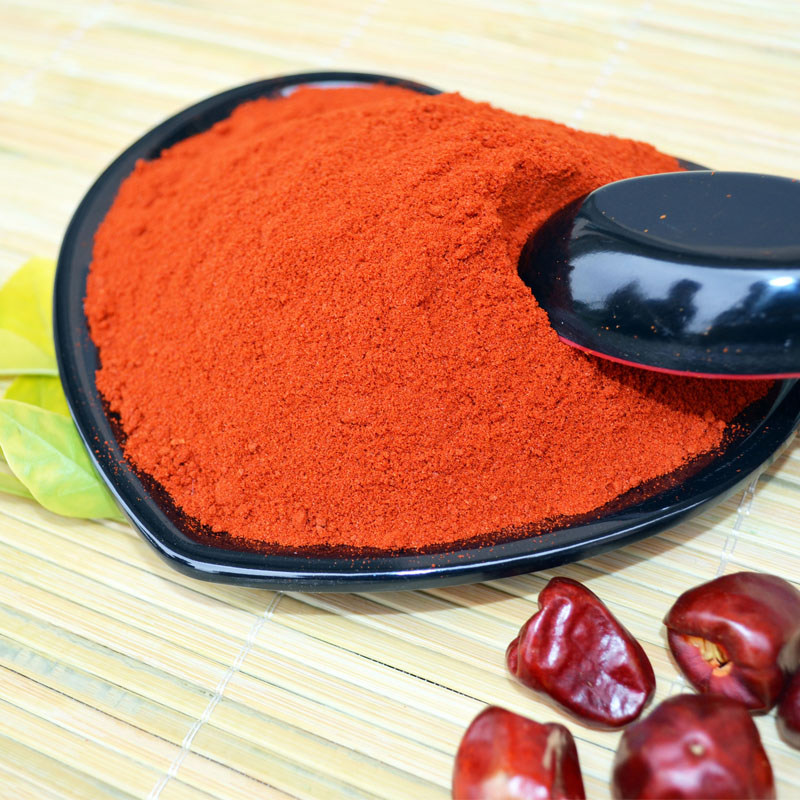- No. 268 Xianghe Street, Economic Development Zone of Xingtai city, Hebei 054001 China
- Byron@hbhongri.cn
Exploring the Different Varieties of Paprika Powder Used in Chinese Cuisine and Cooking Techniques
An Exploration of Chinese Paprika Powders Types, Uses, and Characteristics
Paprika, a spice made from the grinding of red peppers, is a versatile ingredient with a rich history and a vast array of flavors and colors. In China, while the culinary landscape is known for its diverse spices, paprika has carved out its unique niche. Chinese paprika powder, often made from specific types of chili peppers, brings vibrancy and depth to various dishes. This article delves into the different types of paprika powder found in China, their uses in cooking, and what sets them apart from each other.
Types of Paprika Powder in China
1. Sweet Paprika This is one of the most common types of paprika powder in China. Made from bell peppers, sweet paprika is known for its mild flavor and vibrant red color. It is often used to enhance the visual appeal of dishes without adding heat. Sweet paprika is commonly found in stir-fries, sauces, and marinades, where it contributes a subtle sweetness and a bright red hue.
2. Smoked Paprika Smoked paprika is made from peppers that have been dried and smoked over wood fires. This variety imparts a rich and complex smoky flavor to dishes, making it a favorite in many Chinese barbecue recipes. It is often used in marinades for grilled meats and adds depth to stews and soups. The smoky aroma and taste can transform a simple dish into a gourmet experience, appealing to a wide range of palates.
3. Hot Paprika For those who enjoy a kick of heat, hot paprika is a popular choice. This type of paprika powder is made from spicier chili varieties and is known for its fiery flavor. In Chinese cuisine, hot paprika can be used in spicy stir-fries, noodle dishes, and even in certain sauces. It is a beloved ingredient in Sichuan cooking, where bold flavors and heat are essential.
china types of paprika powder

4. Chili Powder While not strictly paprika, chili powder is a common spice in Chinese kitchens and carries similarities. It can be made from a variety of dried peppers and may include seeds and stems. Chili powder tends to have a sharper and more intense heat compared to paprika. It is often used in dishes like mapo tofu or in dumpling fillings, where the goal is to achieve a spicy flavor profile.
Culinary Uses and Pairings
Chinese paprika powders are incredibly versatile and can be used in various culinary applications. Sweet paprika pairs well with fish, chicken, and vegetables, offering a pleasant depth of flavor without overwhelming the dish. Smoked paprika adds a distinct flavor to roasted meats and vegetables, often complementing soy sauce and garlic in marinades.
Hot paprika, on the other hand, is used in more heat-centric dishes, where it can elevate the spice level. It is frequently combined with garlic, ginger, and fermented ingredients to create robust sauces. Chili powder provides a backbone for spicy dishes and can also be sprinkled over snacks for an added punch.
Conclusion
In conclusion, while paprika might not be the first spice that comes to mind when discussing Chinese cuisine, it undeniably plays a significant role in enriching flavors and enhancing dishes. From sweet to hot varieties, paprika powder in its many forms is a testament to the diversity and creativity present in Chinese cooking. As Chinese culinary practices continue to evolve and gain global recognition, the appreciation for different types of paprika powders will likely grow, encouraging exploration and experimentation in kitchens worldwide. Whether used in traditional recipes or modern interpretations, paprika remains a beloved ingredient that brings color, flavor, and warmth to the table.
-
Turmeric Rhizome Powder: A Golden Treasure from Roots to TableNewsJul.28,2025
-
The Versatile Application Of Crushed Red Hot Peppers: Lighting Up The Red Flames On The Dining TableNewsJul.28,2025
-
The Paprika: A Touch Of Vibrant Red In Color, Flavor, And CultureNewsJul.28,2025
-
Ground Turmeric: A Modern Examination of an Ancient SpiceNewsJul.28,2025
-
Capsicum Liquid Extract: Features, Applications, and ChallengesNewsJul.28,2025
-
Application of Capsicum Liquid Extract in FoodNewsJul.28,2025







